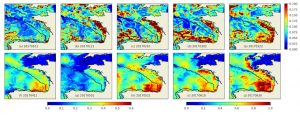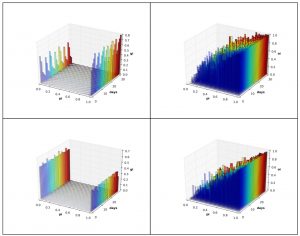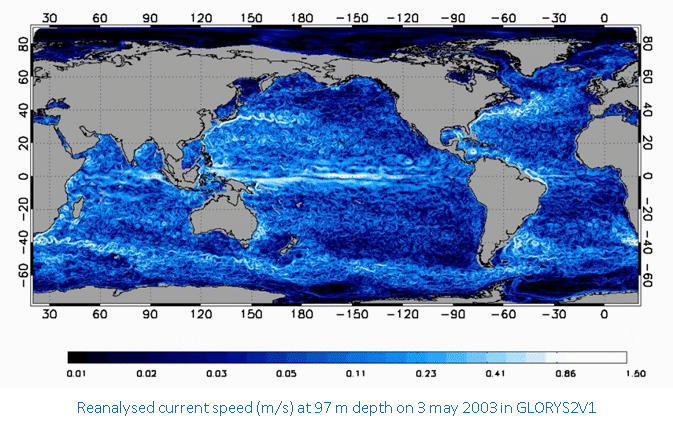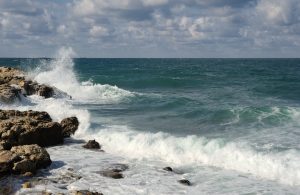STOCHASTIC COASTAL/REGIONAL UNCERTAINTY MODELLING (SCRUM) 2:
CONSISTENCY, RELIABILITY, PROBABILISTIC FORECASTING, AND CONTRIBUTION TO CMEMS ENSEMBLE DATA ASSIMILATION
PI and organization: S. Sarantis (Univ. of Athens)
Co-Is: V. Vervatis (Univ. of Athens), M Kailas (Univ. of Athens), P. de Mey (CNRS/LEGOS), N, Ayoub (CNRS/LEGOS)
Abstract: The work proposed here builds upon, and expends, the previous Service Evolution SCRUM project. It aims at strengthening CMEMS in the areas of regional/coastal ocean uncertainty modelling, Ensemble consistency verification, Ensemble probabilistic forecasting, and Ensemble data assimilation. The work is based on stochastic modelling of ocean physics and biogeochemistry, in the context of coastal/regional Ensemble Data Assimilation (EDA) forecasting systems, and includes methods suitable to assess the reliability of Ensembles in probabilistic assimilation systems. The project is designed for the Service Evolution framework within “Batch 5: cross-cutting developments on observation, assimilation and product quality improvements”. In a first step, we will revisit Ensemble generation and sensitivity analysis approaches by accounting for the age of errors and considering the oceanic response to atmospheric Ensembles. In a second step, we will (1) perform and expand our Ensemble consistency analysis to correlated observational errors, and (2) develop methods to assess the reliability of Ensembles in probabilistic assimilation systems. In addition, we wish to link this project to ongoing separate projects aimed at bringing practical improvements to the design of Ensemble data assimilation schemes. Finally, we wish to contribute to the CMEMS DA team guidance in support of upcoming decisions regarding the evolution of regional/coastal data assimilation schemes in CMEMS, engaging external experts.
Project highlight at mid-term:
Figure 1 shows the spatial uncertainty regimes after a spin-up of 10 days and a forecast lead time of 20 days, on each time-chunk Ensemble spanning the period Dec., 2016 to June, 2017. The stochastic pattern is identical in each time-chunk and the only difference is the ocean state (not shown) and boundary conditions. Model uncertainties appeared to be linked with different processes between the open-ocean and the shelves, and also between seasons. In specific, during winter in the open-ocean model errors appear in filament-like structures in the periphery of eddies, and in the shelves associated with coastal river runoff processes. An interesting finding is that during spring the uncertainty regimes are characteristic of broad patterns over the Bay of Biscay domain.
Figure 2 shows the evolution of the Reliability diagram (ie, oi) over Dec. 2011 (top panels) and March 2012 (bottom panels) as well as the frequency of occurrence of probability pi (ie, gi) . Over this longer time range, two statements are confirmed : i) being given the pi stratification and the small spread of ENS1, gi reveals that most of the bins are underpopulated apart from p=0 and p=1, ii) despite these large sampling errors, the testbed Reli_TC shows some reasonable reliability skills as revealed by the oi trend with respect to pi (i.e., Reliability diagram).




